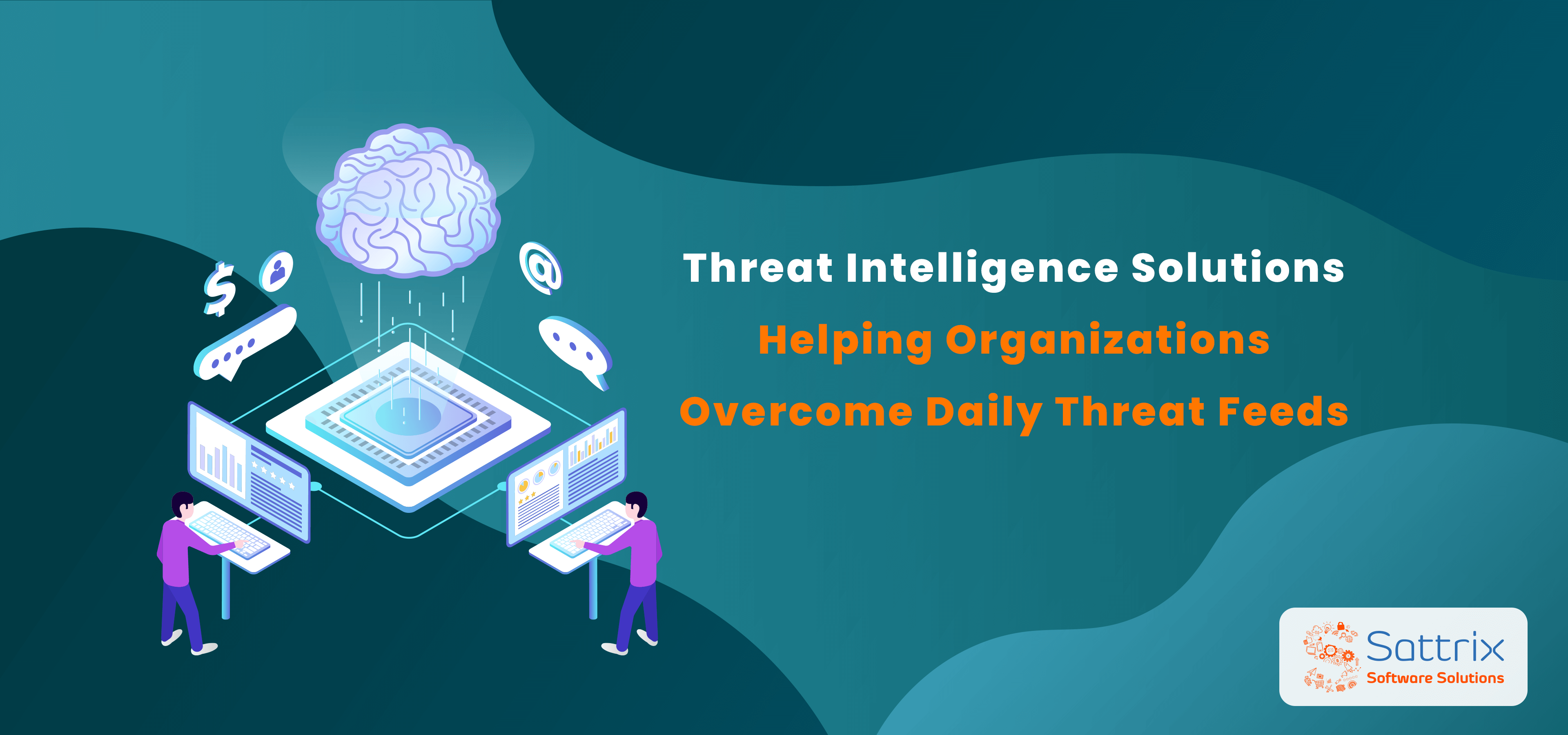

You would be surprised to know that in a study conducted by Statista on crimes Americans worry about the most in 2021, 74% of the respondents said that they were afraid of getting their personal, credit card or financial information stolen by a computer hacker. Undoubtedly, internet-based crime is a serious and fast-growing security threat not only in the US but also across the globe. Internet usage has increased exponentially, so have the cyberthreats. Especially, the organizations migrating their data to cloud infrastructure come across threat feeds almost daily. In such a situation, cyber threat intelligence has become of paramount importance.
The threat intelligence feed is a piece of information about emerging threats in the cybersecurity landscape. A robust threat intelligence platform uses advanced technology like Artificial Intelligence (AI) to collect data streams carrying threat information.
Threat intelligence software prepares organizations well in advance to prevent or combat a possible cyberattack or data breach. It provides required decision support and triggers prompt action to secure the digital ecosystem of the organization. Organizations having threat intelligence solutions have a strategic advantage to proactively defend against cyberattacks.
All you need to do is to integrate an open-source Threat Intelligence Platform (TIP) into your digital ecosystem. It will collect, store, distribute and share intel about cyber security. TIP also performs analysis of cyber security incidents and malware for future safety prevention. TIP enables security analysts to spend more time on data analysis and threat investigation than on data collection and management. While choosing TIP, ensure it is designed by incident analysts, security & ICT professionals and malware reversers who have first-hand experience in dealing with cyber threats.
Organizations need threat intelligence solutions because-
Threat intelligence platform enables users to share threat intelligence data with the relevant stakeholders pronto.
Cybersecurity is facing multiple challenges in today's digital era. Data deluge, unconnected security systems, shortage of skilled manpower, less awareness about cybersecurity are some of the major roadblocks to creating a secure digital ecosystem. Some companies choose to incorporate threat data feeds into their network. Its shortcoming is that it generates several false alarms and is clueless about what to do with the extra data. This makes the security check process cumbersome for analysts. Due to this, they might miss out on some important threat intel amidst several false alarms.
It is time organizations start considering threat intel solutions as a worthy investment. After all, data is the new gold, won't you like to protect it in the best way possible?

